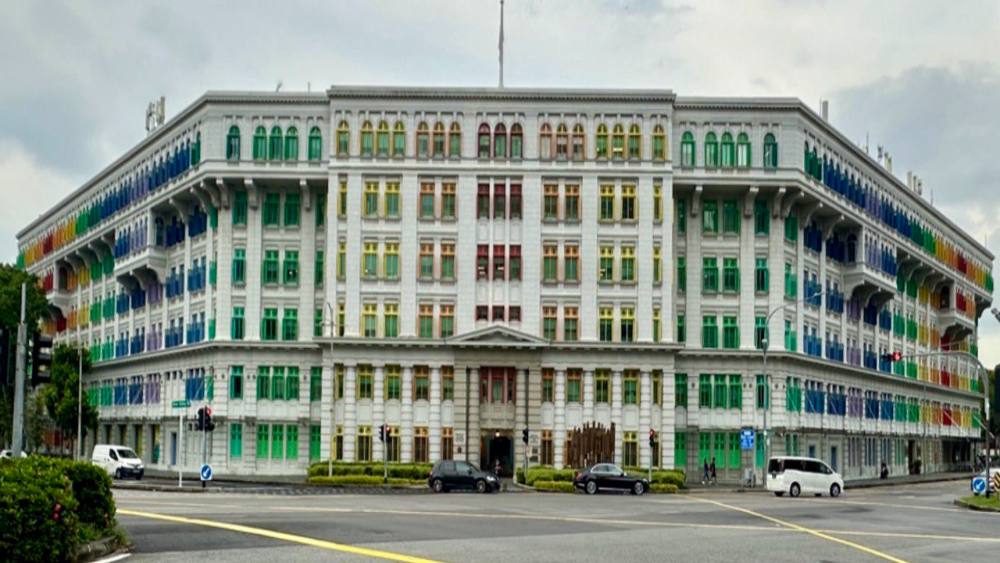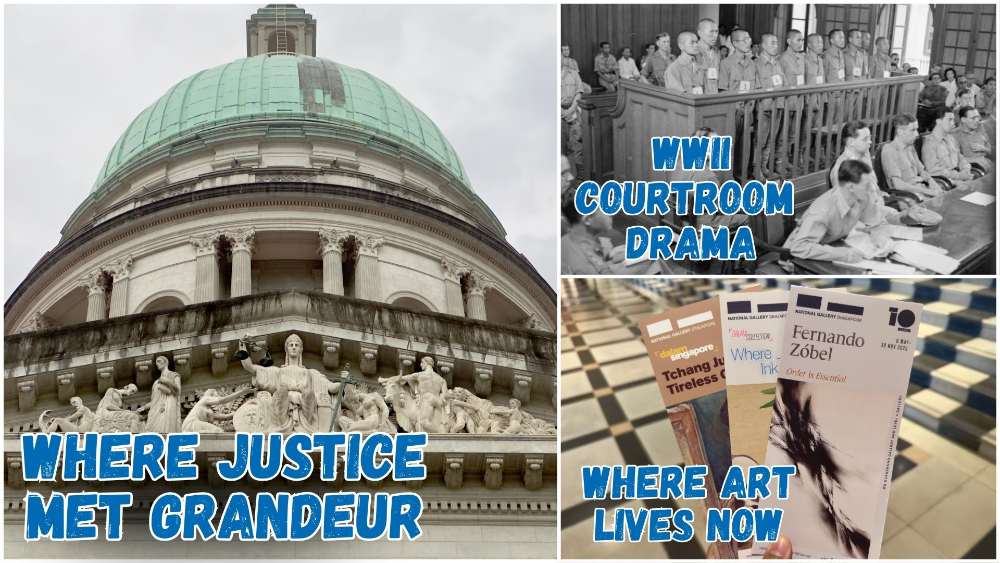National Monuments Of Singapore: Old Hill Street Police Station
What is a National Monument? Who gazettes them? How many national monuments are there in Singapore? To date, the Preservation of Sites and Monuments, a division of National Heritage Board, has identified and gazetted 75 buildings, structures and sites of national significance as an integral part of Singapore’s built heritage.
And we're here to tell you all about them - one National Monument at a time!
You've probably passed by or stepped into more than a few of them without realising they were National Monuments: Al-Abrar Mosque, Asian Civilisations Museum, the Civilian War Memorial, Saint Andrew's Cathedral, the Esplanade Park Memorials, Fort Siloso on Sentosa - no need to plan an itinerary for friends visiting from overseas; just show them this article ✌️
In this edition, we shine a light on the largest government building at the time of its construction, the Old Hill Street Police Station.
📍 Location
The Old Hill Street Police Station was the 39th building to be gazetted as a National Monument. Located a stone's throw away from another National Monument, the Central Fire Station, the MRT stations nearest to the Old Hill Street Police Station are Clarke Quay, Fort Canning and City Hall.
📅 Significant dates
Date built:
- 1931-1934: Construction of the Hill Street Police Building
Milestones:
- 1935: The building was briefly renamed as Silver Jubilee Building to celebrate the 25th anniversary of the reign of King George V
- December 1980: Police forces vacated the premises, and it simply became known as Hill Street Building
- 1999-1 Nov 2000: The building underwent a major renovation and reopened as the headquarters for the Ministry of Information and the Arts (MITA) - it became known as MITA Building
- 2004: The building was renamed MICA (Ministry of Information, Communications and the Arts) Building
- 2012: Since then, it's been known as the Old Hill Street Police Station
Date gazetted: 18 Dec 1998
📜 History
Between 1915 and 1935, the Singapore Police Force underwent reorganisation, leading to the construction of several police stations to combat the rising activities of Chinese secret societies. Among these was the Hill Street Police Station, designed by Frank Dorrington Ward, the chief architect of the Public Works Department (1930–1939). Officially inaugurated in 1934 by G. Sturrock, Director of Public Works and Advisor to the Malay States, the building was the largest government structure in Singapore at the time.
The station was built on a historically significant site, previously home to Singapore's first prison and the old Assembly Rooms of the Town Hall. It was one of only two pre-war police stations, alongside Pearl’s Hill Police Station, to include living quarters for officers. In 1935, it was temporarily renamed the Silver Jubilee Building to mark the 25th anniversary of King George V’s reign
The Hill Street Police Station featured a charge room, offices, garages, and living accommodations for its personnel. It housed 140 married officers, 180 single policemen, 10 sub-inspectors, and apartments for five Asian and four European Inspectors.
 IMAGE: WIKIMEDIA COMMONS/@TERENCE ONG
IMAGE: WIKIMEDIA COMMONS/@TERENCE ONG
The area surrounding the Hill Street Police Station was once thought to resemble the peh toh, a Chinese New Year fish symbolising prosperity. However, when the building was constructed, some locals believed it disrupted the area’s favourable feng shui.
During the Japanese Occupation (1942–1945), the Hill Street Police Station and Barracks were seized by the military. To avoid detection during Allied air raids in 1943, the Japanese Administration painted the building in brown camouflage. It wasn’t until 1949 that the structure was restored with its iconic pearly white coat.
By 1980, the police vacated the premises, and following renovations, the building was repurposed in 1983 to house several government agencies, including the National Archives, Oral History Department, and Prison Welfare Service Unit. Renamed the Hill Street Building, it remained in use until the National Archives, its final tenant, relocated to Canning Rise in April 1997.
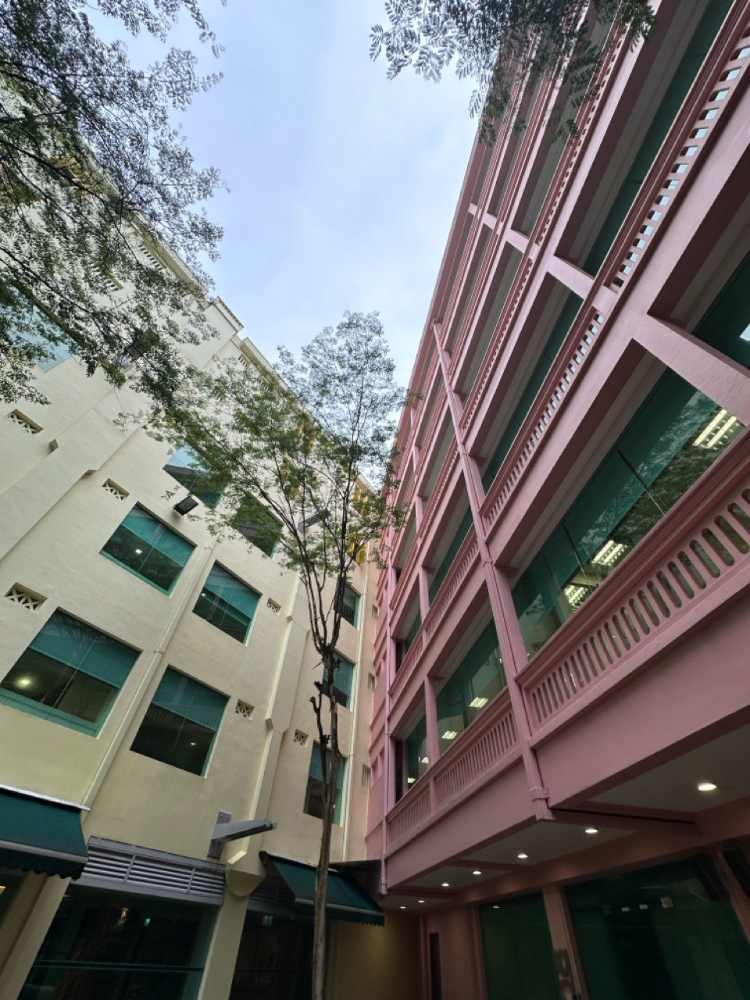
IMAGE: NG KAI
After a major restoration effort, the building was reopened on 1 Nov 2000 as the new headquarters for the Ministry of Information and the Arts (MITA) by then-Minister Lee Yock Suan. Renamed the MITA Building, it also housed the National Arts Council, National Heritage Board, and other related departments.
In 2004, the ministry rebranded itself as the Ministry of Information, Communications and the Arts (MICA), and the building was renamed the MICA Building.
Following the restructuring of MICA in 2012 into the Ministry of Communications and Information (MCI) and the Ministry of Culture, Community and Youth (MCCY), the iconic building was renamed the "Old Hill Street Police Station".
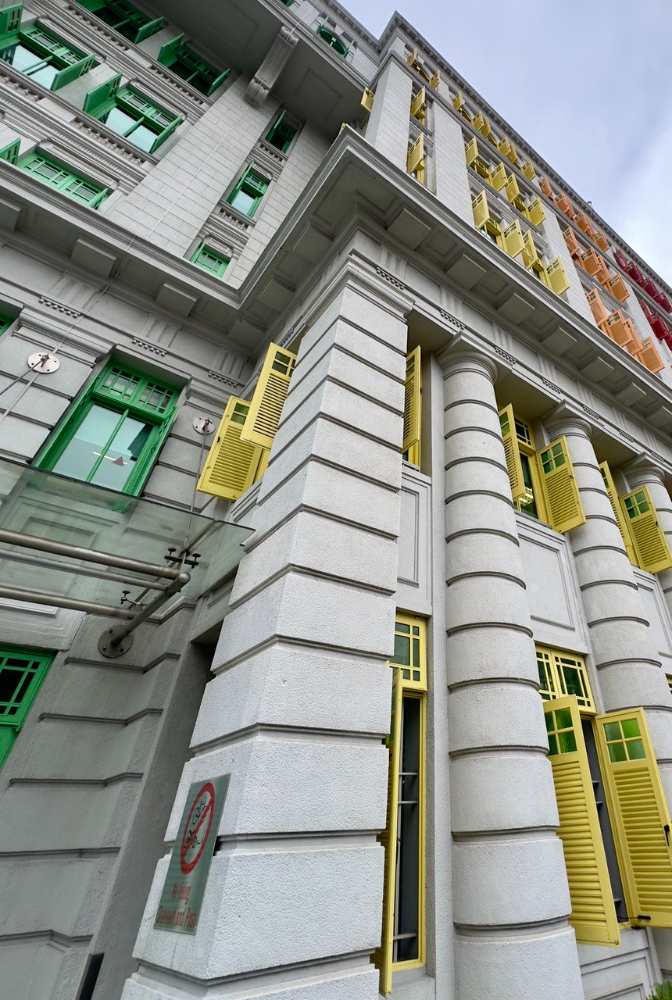
IMAGE: NG KAI
📐 Design and architecture
The Old Hill Street Police Station, designed by Frank D. Ward, Chief Architect of the Public Works Department, showcases the refined Neoclassical style. Its grandeur is emphasised by the extensive use of reinforced concrete, lending the building a robust and imposing presence.
The façade facing Hill Street and River Valley Road features striking Doric pilasters (rectangular columns) that rise across two storeys, while a triangular pediment (upper part of the front of a classical building) crowns the original main entrance. Adding to its architectural charm are intricately designed corbels (structural pieces of stone, wood or metal jutting from a wall) that support the top floor and cantilevered balconies, which extend elegantly around the structure.
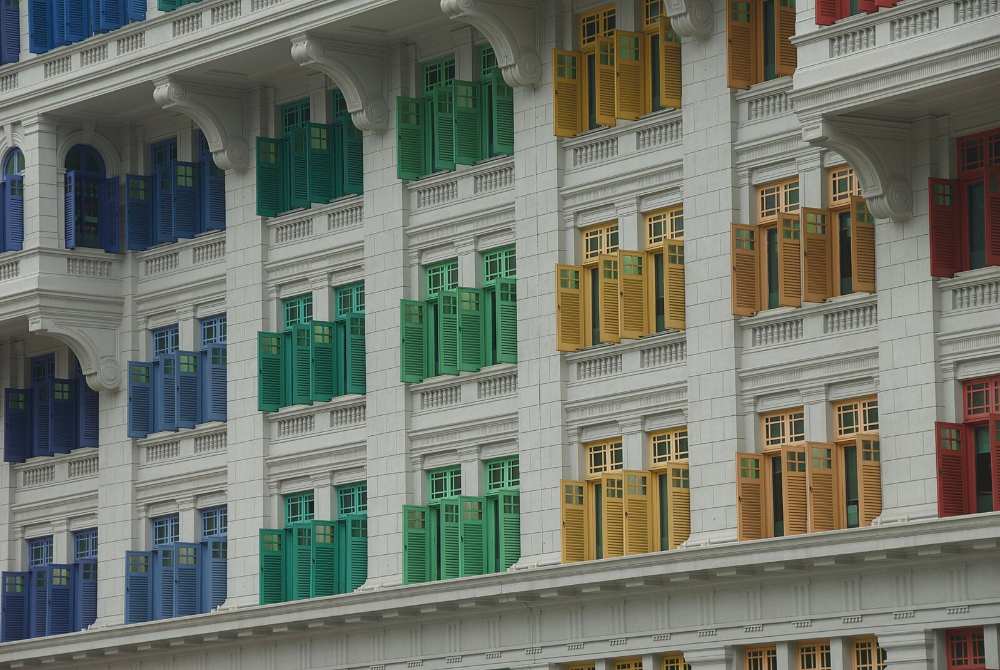 IMAGE: WIKIMEDIA COMMONS/@PETER GRONEMANN
IMAGE: WIKIMEDIA COMMONS/@PETER GRONEMANN
A prominent characteristic of the building is the sheer number of windows – there are 927 of them. Prior to the installation of air-conditioning, these double-leafed louvred windows ensured that the interior was well ventilated. The interior courtyards also helped to facilitate air circulation within the building.
Since 1999, the windows have been painted in brilliant rainbow hues, bringing vibrancy to the otherwise sombre historical monument.
🕖 Opening hours
Regular visiting hours are from 8.30am to 12.30pm, and 2pm to 5.30pm on weekdays. Closed on the weekends.
🎟️ Admission
Entry is free.
For the latest updates on Wonderwall.sg, be sure to follow us on TikTok, Telegram, Instagram, and Facebook. If you have a story idea for us, email us at [email protected].







